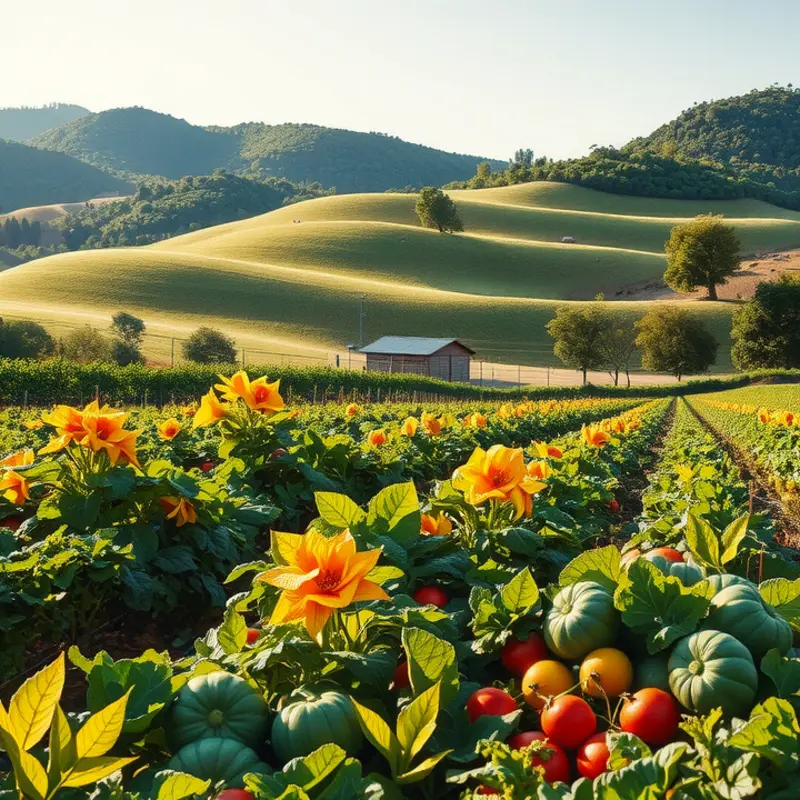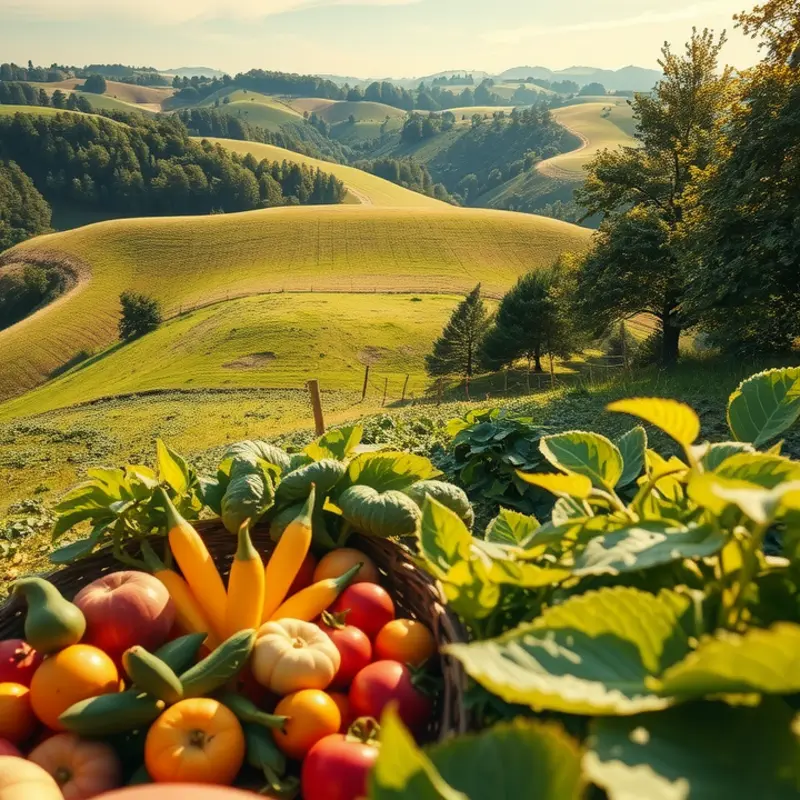An eco-conscious pantry serves as the cornerstone of sustainable living, offering ways to minimize waste and choices that harmonize with the planet. Environmentally-minded individuals can significantly reduce their carbon footprint and promote healthier choices through mindful shopping. By selecting organic, locally-sourced, and packaging-free items, it’s possible to align daily eating habits with a commitment to nurture the Earth. Let’s explore how simple changes to pantry staples can leave a positive impact, support local communities, and cultivate a thriving planet.
Essential Eco-Friendly Staples

When we seek to tread lightly on our planet, our choices in the pantry play a crucial role. Stocking up on eco-friendly staples can significantly impact sustainability and our well-being. Organic grains and legumes form the foundation of many sustainable diets. They are not only nutrient-dense but also require less water and chemical inputs. By choosing organic options, we support farming practices that reduce soil erosion and promote biodiversity.
Whole grains such as brown rice, quinoa, and oats are essential for any eco-conscious pantry. These grains maintain most of their nutrients and fiber, providing substantial health benefits. Legumes like lentils and chickpeas are excellent sources of plant-based protein, reducing our reliance on meat products and shrinking our carbon footprint. Despite their small size, they pack a powerful punch in terms of nutrition and sustainability.
Natural sweeteners, including honey or maple syrup, offer a more sustainable choice than traditional sugar. These sweeteners often come from small-scale local producers who uphold eco-friendly practices. Local sourcing reduces the transportation emissions typically associated with non-local alternatives. Choosing items from nearby farms supports the community and lessens your pantry’s carbon footprint. For more on how to incorporate local ingredients into your cooking, explore this guide on minimal prep dinner ideas.
When it comes to fruits and vegetables, choosing in-season, local produce is key. These choices enhance nutrient intake while aligning with sustainable practices. Seasonal produce does not require long transport and storage times, reducing the spoilage footprint. It’s vital to learn the art of sustainable storage for these purchases, as proper storage extends their life. Utilize airtight glass containers and avoid plastic packaging to maintain freshness and reduce waste.
The positive effects of these eco-friendly staples extend beyond personal health. Supporting sustainable agricultural systems lowers greenhouse gas emissions, promoting healthier soils and richer biodiversity. As more people choose such staples, we collectively advocate for a shift in the global food system towards one that values sustainability and eco-conscious practices.
In transforming your pantry with eco-friendly essentials, you join a broader movement toward a sustainable future. Every grain, legume, and sweetener choice counts in our journey to empower sustainable eating.
Creative Ways to Reduce Food Waste

Reducing food waste in your pantry begins with thoughtful strategies and creative applications of what might otherwise be discarded. One such method involves composting, an eco-friendly way to recycle kitchen scraps. Items like coffee grounds, fruit peels, and vegetable scraps break down naturally, enriching the soil for future gardening endeavors. Composting not only diverts waste from landfills but also rewards you with nutrient-rich soil.
Another innovative approach is repurposing surplus foods. Consider stale bread; instead of throwing it away, transform it into breadcrumbs or croutons. Similarly, overripe fruits can be blended into smoothies or used for baking. By finding new purposes for these ingredients, you minimize waste and enrich your meals.
Proper storage plays a crucial role in prolonging the freshness of pantry items. Ensure that dry goods like grains and cereals are stored in airtight containers, protecting them from moisture and pests. Leafy greens and herbs last longer when wrapped in a slightly damp cloth and placed in refrigerators. These simple practices significantly extend the life of your produce, keeping it usable longer.
Freezing excess produce is another powerful tool in reducing waste. Items such as berries, bananas, and herbs can be frozen at their peak freshness, ready to be used later. This method not only helps in minimizing wastage but also ensures you have seasonal produce available throughout the year.
Moreover, learning to utilize food scraps creatively increases your sustainability efforts tenfold. Potato peels can be crisped into chips, while broccoli stems can be integrated into soups and salads. Implementing these ideas reflects a zero-waste approach, maximizing every dollar spent on groceries.
Incorporating these practices might seem small but makes a significant difference. The ripple effect of a single household reducing waste can inspire neighbors and communities to adopt similar methods.
For more sustainable storage ideas, consider exploring eco-smart kitchen storage techniques, which align perfectly with the goal of reducing pantry waste and fostering a more sustainable lifestyle.
Final words
Adjusting pantry choices to focus on eco-conscious items not only fosters better health but also encourages the well-being of our planet. By selecting organic, local, and minimally-packaged products, individuals play a vital role in nurturing the environment while enjoying wholesome foods. Sustainable practices in food selection create a ripple effect, inspiring others to follow suit and elevate community awareness on environmental issues. Each small step contributes to a larger movement towards a healthier ecosystem. Together, we can create a more sustainable world through informed choices today that lead to a greener tomorrow.








